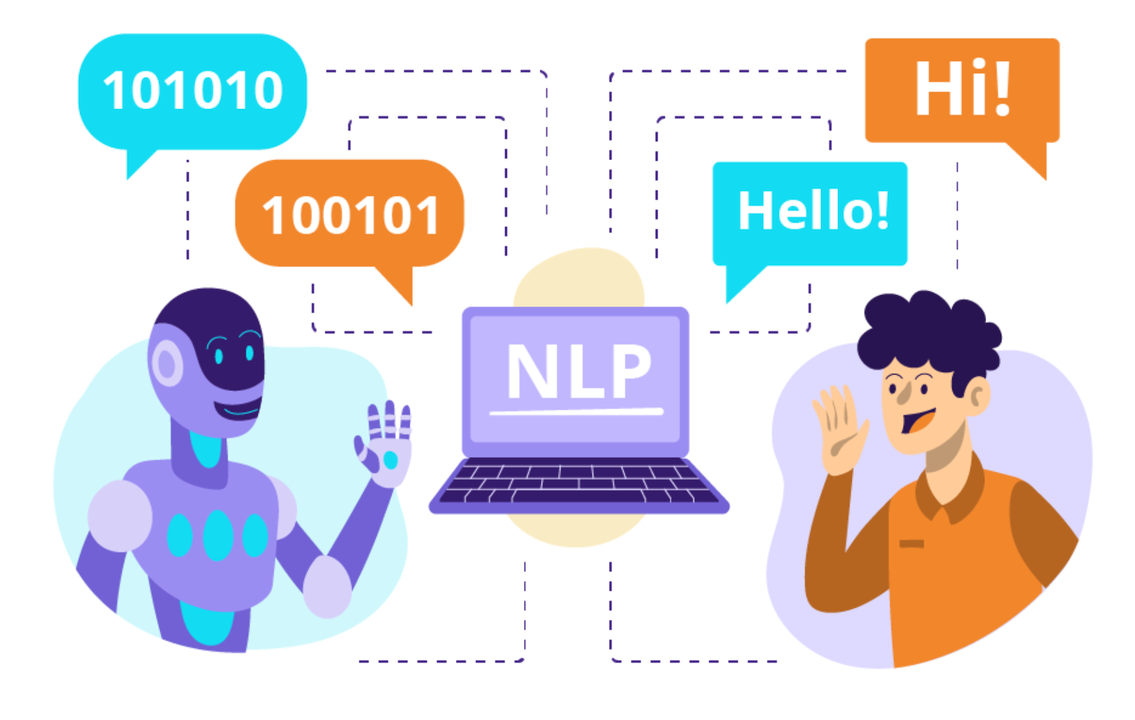Advancements in Natural Language Processing (NLP)
Natural Language Processing (NLP) is a rapidly evolving field at the intersection of artificial intelligence, computer science, and linguistics. Recent advancements have significantly enhanced the capabilities of machines to understand, interpret, and generate human language. This article explores the latest breakthroughs in NLP and their applications in virtual assistants, translation services, and sentiment analysis.
Latest Breakthroughs in NLP
- Transformers and Attention Mechanisms:
- Transformer Models: The introduction of transformer models, such as BERT (Bidirectional Encoder Representations from Transformers) and GPT (Generative Pre-trained Transformer), has revolutionized NLP. These models leverage attention mechanisms to process and generate language with unprecedented accuracy and coherence.
- Attention Mechanisms: Attention mechanisms allow models to focus on relevant parts of the input text, improving their ability to understand context and relationships within the data.
- Pre-trained Language Models:
- BERT: Developed by Google, BERT has set new benchmarks in understanding the context of words in search queries. Its bidirectional approach allows it to capture the meaning of a word based on the words around it, enhancing comprehension and context understanding.
- GPT-3: OpenAI’s GPT-3, with 175 billion parameters, is one of the largest and most powerful language models. It can generate human-like text, perform translation, answer questions, and even write code.
- Transfer Learning and Fine-Tuning:
- Transfer Learning: Pre-trained models like BERT and GPT-3 can be fine-tuned on specific tasks, allowing for efficient adaptation to various applications with relatively small amounts of task-specific data.
- Fine-Tuning: This process involves retraining the pre-trained models on a smaller, task-specific dataset to improve performance on that particular task.
- Multimodal NLP:
- Multimodal Approaches: Recent advancements include integrating textual data with other data types, such as images and audio, to enhance understanding and generate more accurate responses in applications like virtual assistants and multimedia search.
Applications of NLP
- Virtual Assistants:
- Improved Interaction: NLP advancements have greatly enhanced the capabilities of virtual assistants like Siri, Alexa, and Google Assistant. These assistants can now understand and respond to more complex queries, carry on more natural conversations, and perform a wider range of tasks.
- Personalization: Using NLP, virtual assistants can personalize interactions based on user preferences and past behavior, providing a more tailored and user-friendly experience.
- Context Awareness: Enhanced context understanding allows virtual assistants to maintain the context of a conversation over multiple interactions, making them more effective and intuitive.
- Translation Services:
- Real-Time Translation: NLP models like Google Translate and Microsoft Translator leverage advanced neural networks to provide real-time translation services with improved accuracy and fluency.
- Contextual Understanding: Modern NLP models consider the context of sentences rather than translating word by word, resulting in more coherent and natural translations.
- Multilingual Capabilities: These models can handle multiple languages simultaneously, enabling seamless communication across different languages and cultures.
- Sentiment Analysis:
- Business Applications: Sentiment analysis tools help businesses understand customer opinions and feedback by analyzing text from reviews, social media, and surveys. This insight can guide product development, marketing strategies, and customer service improvements.
- Social Media Monitoring: By analyzing sentiment on social media platforms, companies can gauge public opinion and react quickly to changing sentiments, managing their brand reputation effectively.
- Healthcare and Psychology: Sentiment analysis can be used in mental health monitoring, where analyzing patient communications can provide insights into their emotional well-being.
Challenges and Future Directions
- Bias and Fairness:
- Mitigating Bias: NLP models can inadvertently learn and propagate biases present in their training data. Efforts are being made to develop techniques to detect and mitigate these biases, ensuring fair and ethical use of NLP technologies.
- Diverse Data: Training models on diverse datasets can help reduce biases and improve their generalizability across different demographic groups and languages.
- Interpretability:
- Understanding Models: The complexity of modern NLP models makes them difficult to interpret and understand. Researchers are working on developing methods to make these models more transparent and interpretable, allowing users to understand how decisions are made.
- Explainability: Providing explanations for model predictions can increase trust and adoption of NLP technologies, especially in sensitive applications like healthcare and finance.
- Scalability:
- Computational Resources: Training and deploying large NLP models require significant computational resources. Future advancements aim to make these models more efficient and scalable, reducing their environmental impact and making them accessible to a broader audience.
- Edge Computing: Incorporating edge computing can help run NLP models on local devices, reducing latency and dependency on cloud-based solutions.
Conclusion
The advancements in NLP have brought about significant improvements in the way machines understand and interact with human language. Applications in virtual assistants, translation services, and sentiment analysis are just a few examples of how NLP is transforming various industries. While challenges such as bias, interpretability, and scalability remain, ongoing research and innovation continue to push the boundaries of what is possible with NLP. As these technologies evolve, we can expect even more sophisticated and nuanced interactions between humans and machines, making technology more accessible and intuitive for everyone.


